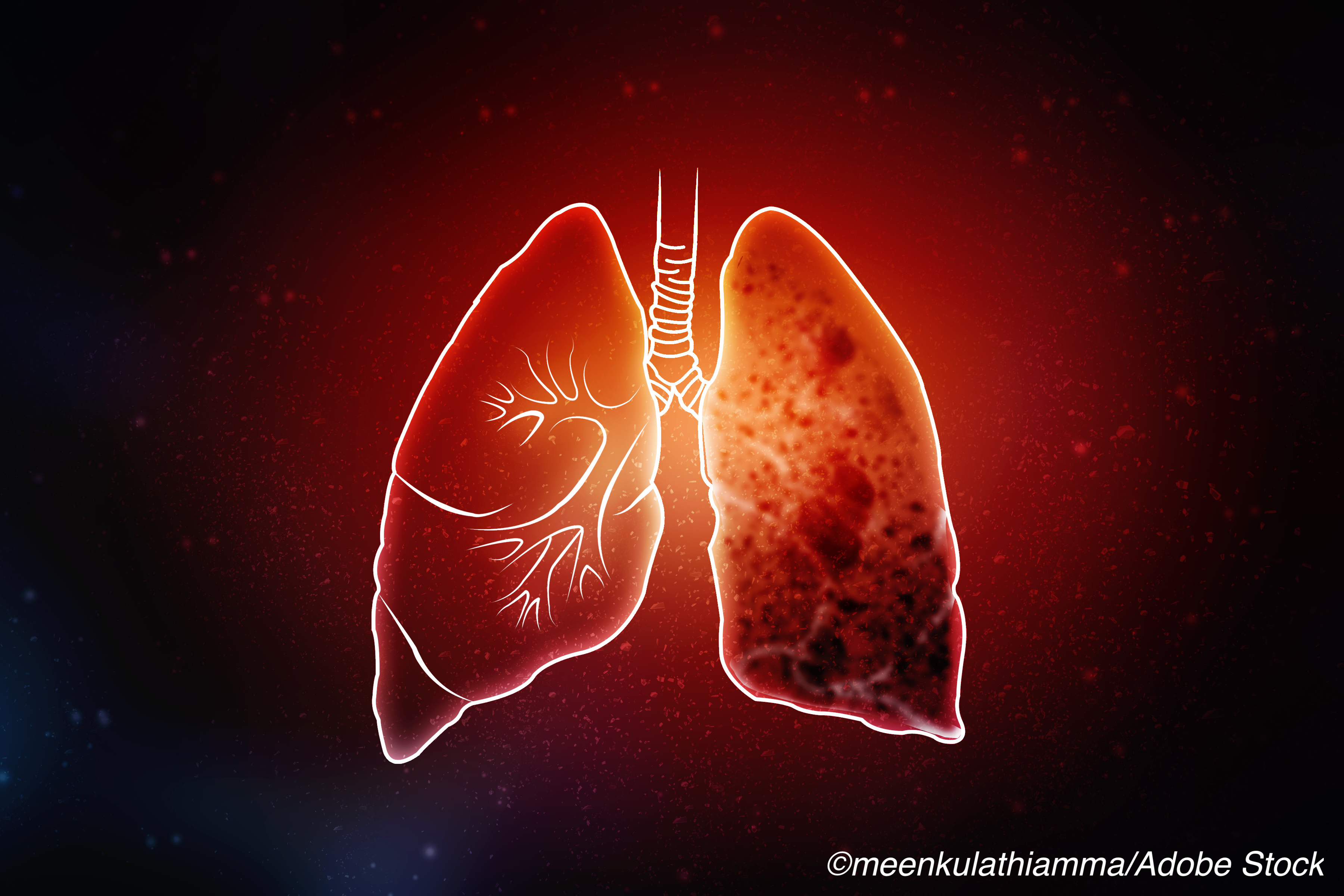
As many as 1 in 5 people worldwide — or 22% of the global population — are at risk for developing severe Covid-19 if they become infected, according to a newly published modeling study.
Researchers estimated that 1.7 billion people have at least one underlying health condition that would make them more vulnerable to developing severe and possibly life-threatening symptoms of Covid-19.
The modeling study, which included data from 188 countries, was published online June 15, in the journal Lancet Global Health.
Prevalence estimates were derived from the Global Burden of Diseases, Injuries, and Risk Factors Study (GBD) 2017, United Nations’ population estimates for 2020 and guidelines identifying comorbidities relevant to Covid-19. The 11 underlying conditions assessed in the model included cardiovascular disease, chronic kidney disease, diabetes, chronic respiratory disease, HIV/AIDS, certain cancers, tuberculosis, and sickle cell disorders.
Based on the model, risk for severe disease would be highest in countries with aging populations, such as Europe and North America, and in African countries with high HIV burden and nations with high diabetes prevalence.
The model estimated that:
- Globally, less than 5% of people younger than age 20 and more than 66% of those age 70 years or older have underlying medical conditions that increase their risk for severe Covid-19.
- Roughly 4% of the global population — or 349 million people — were estimated to be at high enough risk to require hospitalization if infected with SARS-CoV-2 (ranging from <1% of people younger than age 20 years to roughly 25% of males age 70 years and older).
- The model found that 6% of males worldwide and 3% of females were at high risk for severe Covid-19.
Researcher Andrew Clark, of the London School of Hygiene & Tropical Medicine, and colleagues noted that while their model did not include non-medical risk factors for severe Covid-19 such as ethnicity, socioeconomic status, and obesity, it may help policymakers when they consider ways to protect those most at risk from Covid-19.
“As countries move out of lockdown, governments are looking for ways to protect the most vulnerable from a virus that is still circulating,” Clark said in a press statement.
“We hope our estimates will provide useful starting points for designing measures to protect those at increased risk of severe disease. This might involve advising people with underlying conditions to adopt social distancing measures appropriate to their level of risk or prioritizing them for vaccination in the future.”
In an accompanying editorial, public health researcher Nina Schwalbe, of Columbia University, New York City, and colleagues, wrote that while identifying health conditions could help policy makers focus resources on the most vulnerable populations, “having these conditions and contracting Covid-19 does not necessarily equate to severity of disease.”
“The interplay of multiple morbidities, age, and strength of hospital systems also plays a key role in determining infection outcomes,” they wrote.
In an interview with BreakingMED, Schwalbe said taking into account individual risk factors — both medical and non-medical — could lead to better community policies for reducing Covid-19 infection and severe disease.
“In public health we routinely consider someone’s individual risk and we work together to define solutions that work best based on that risk,” she said. “For some reason, that hasn’t been done with Covid-19.”
She said this focus on at-risk populations within communities, which helped contain the spread of both HIV and Ebola, is needed to address the Covid-19 pandemic.
“With Covid we are learning more every day about who is at higher risk and who is at lower risk,” she said. “That allows us as communities to help manage risk and make decisions.”
In their editorial, Schwalbe and colleagues wrote that “it is time for policy makers to shift to a less patriarchal approach and engage with, rather than shield, communities so that communities have agency and voice in developing the response.”
Schwalbe said within the United States, the Covid-19 pandemic has highlighted the urgent need for better access to care for people with medical conditions that put them at risk for severe illness if they are infected with SARS-CoV-2.
“We should be focusing on making sure people with comorbidities have adequate care,” she said. “If you have hypertension the first question should be ’Is your hypertension being appropriately treated?’ That is moving from a vertical approach of only thinking about Covid to a horizontal approach of thinking about the well-being of the person.”
“Covid is not going away. It is with us. So, we need to start thinking about how to manage the people who are most at risk and that means treating the diseases that are putting them at risk,” she said.
- Researchers estimated that 1.7 billion people have at least one underlying health condition that would make them more vulnerable to developing severe and possibly life-threatening symptoms of Covid-19.
- Globally, less than 5% of people younger than age 20 and more than 66% of those age 70 years or older have underlying medical conditions that increase their risk for severe Covid-19.
Salynn Boyles, Contributing Writer, BreakingMED™
Funding for this research was provided by the Department for International Developments and the Wellcome Trust.
The researchers and editorial writers declared no relevant relationships with industry related to this study.
Cat ID: 125
Topic ID: 79,125,570,574,730,125,190,926,192,927,151,928,925,934

